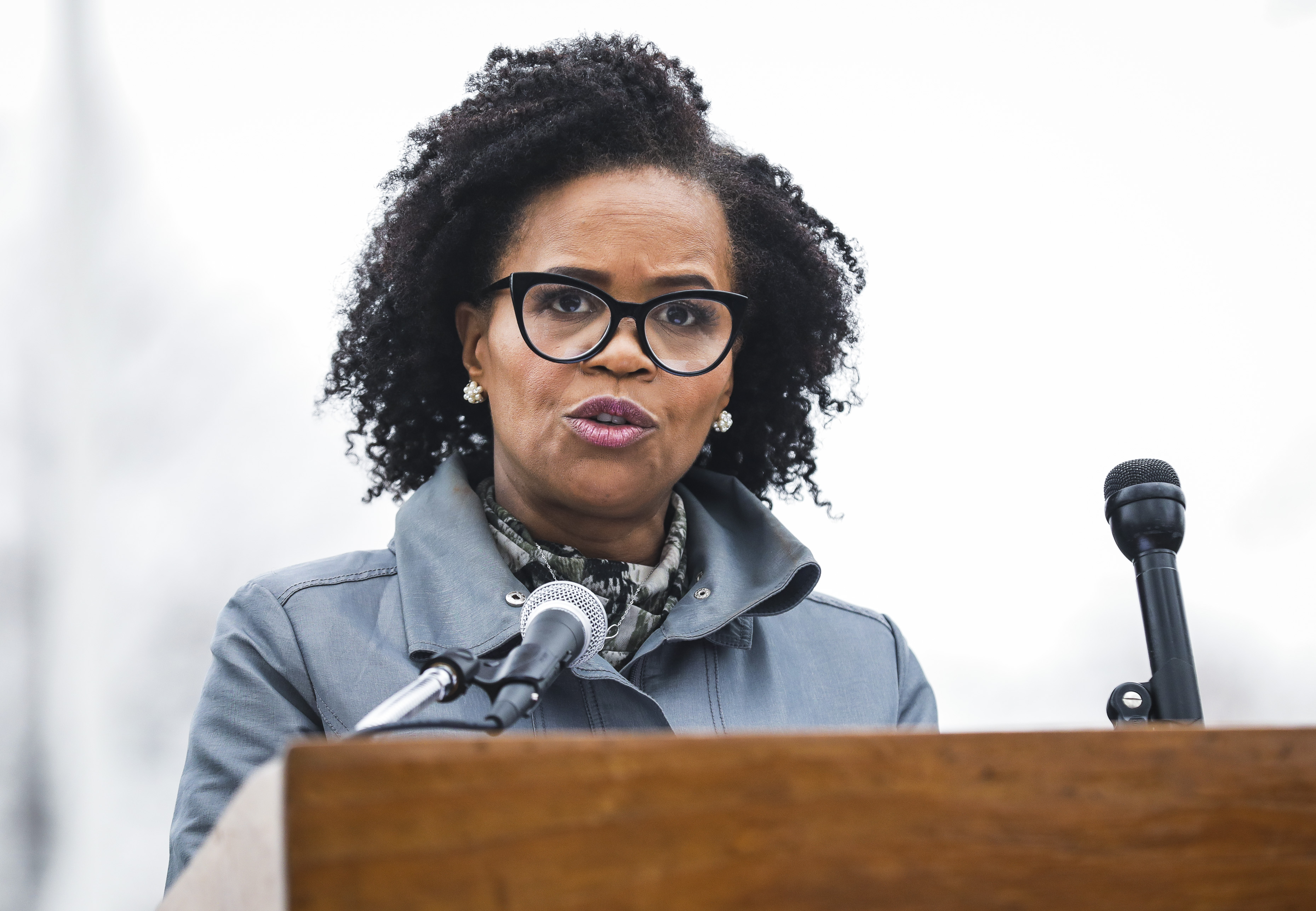In a split second, police may have to decide whether to use force and it can mean life or death.
Agents from the Bureau of Alcohol, Tobacco, Firearms and Explosives, known as the ATF, showed reporters how law enforcement officers around the country operate under these guidelines in potentially dangerous situations.
“We want to try and close the gap between the public’s understanding of the use of force and the police,” Agent Jim Balthazar said.
Balthazar and Paul Massock, deputy chief of the ATF's Special Operations Division, took NBC10 Boston through the classroom and into virtual scenarios that mimic what a high-stakes traffic stop could look like.
Get New England news, weather forecasts and entertainment stories to your inbox. Sign up for NECN newsletters.
Even though it was all staged -- it was stressful.
“Clearly, law enforcement use of force is a serious topic in the U.S. today and we want to make sure we can educate the public as to what the rules are that officers are required to follow,” Massock said.
Massachusetts is undergoing its own police reform process after a bill was passed last year in the wake of the police killing of George Floyd that, among other things, limits the use of deadly force and requires police officers to intervene when they see another officer using force beyond what is necessary or reasonable under the circumstances. Boston and other cities in the state are moving forward with their own reform measures as well.
The agents said those rules allow police to use deadly force only when an officer has a reasonable belief that the subject poses imminent danger of death or serious physical injury to themselves or someone else.
“The question isn’t whether an officer could have done something else, the question is, was their use of force reasonable?” Balthazar said.
Both officials said police interactions that turn violent happen quickly -- within minutes -- and decisions need to be made in a split second while adhering to those guidelines.
“Training and experience play a big part in the decision-making that officers use on deciding whether or not to use force,” Balthazar said.
An officer needs to be extremely observant about the situation and anticipate the move of the person they’re dealing with.
“Because we know action is quicker than reaction, officers will do things to shorten the reaction time. Like, they may have their hand on their gun or their gun out of their holster to shorten their reaction time,” Balthazar said.
But ideally, an interaction never has to get violent, for everyone's sake.
“We’re husbands, wives, fathers, mothers in those communities, so we're already a part of the community and we want to make sure we have that understanding and good relationship while we’re there,” Massock said.
The agents said each law enforcement jurisdiction, including individual cities and towns, could have unique use of force policies, but all must comply with federal guidelines.



